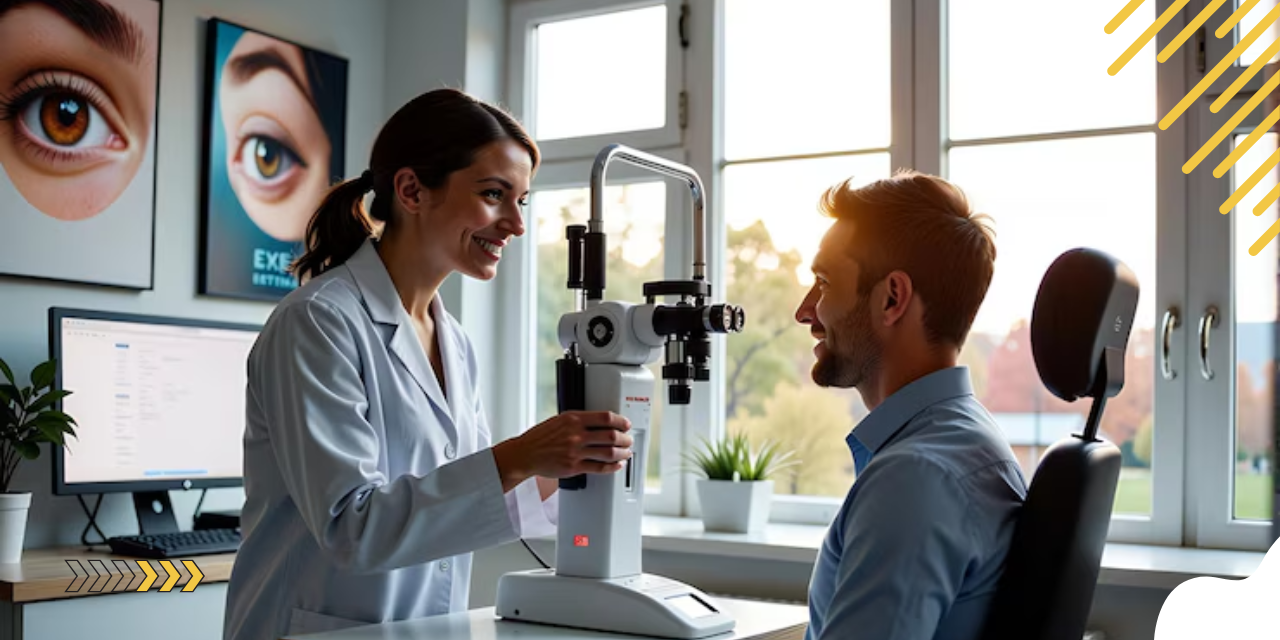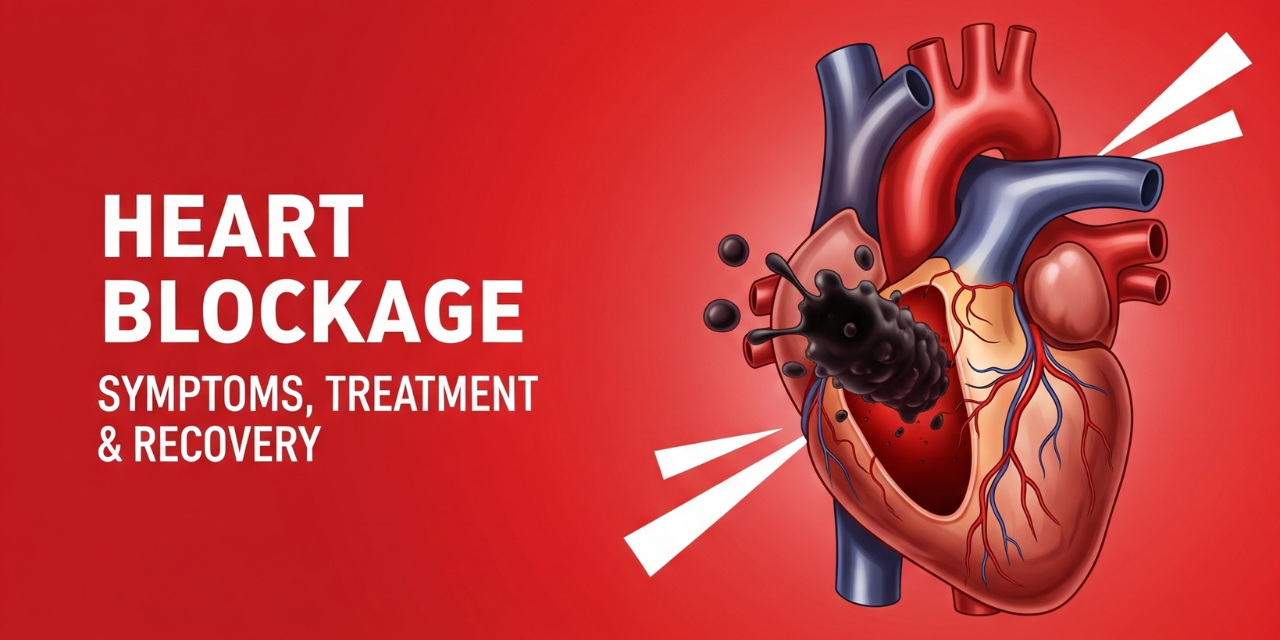Glaucoma is a serious eye condition that can lead to irreversible vision loss if not detected and treated early. It is characterized by increased intraocular pressure (IOP), which can damage the optic nerve. Understanding the treatment options available for glaucoma is crucial for maintaining eye health, especially for those living in areas like Chandigarh, where specialized care is accessible.
What is Glaucoma?
Glaucoma encompasses a group of eye diseases that result in damage to the optic nerve, often due to elevated IOP. There are several types of glaucoma, including:
- Open-Angle Glaucoma: The most common form, where the drainage canals become clogged over time.
- Angle-Closure Glaucoma: A less common but more severe type that occurs when the iris bulges forward to narrow or block the drainage angle.
- Normal-Tension Glaucoma: Damage to the optic nerve occurs even with normal IOP levels.
Symptoms of Glaucoma
Many people with glaucoma experience no symptoms in the early stages. However, as the disease progresses, they may notice:
- Loss of peripheral vision
- Tunnel vision
- Blurred vision
- Halos around lights
- Eye pain (in acute cases)
Regular eye exams are essential for early detection, especially for individuals over 40 or those with a family history of glaucoma.
Diagnosis of Glaucoma
A comprehensive eye exam by an eye care professional is essential for diagnosing glaucoma. The following tests are typically conducted:
- Tonometry: Measures intraocular pressure.
- Ophthalmoscopy: Examines the optic nerve for damage.
- Perimetry: Tests the visual field to identify any loss of peripheral vision.
- Gonioscopy: Assesses the drainage angle of the eye.
Treatment Options for Glaucoma
⏯ Medications
Eye drops are the most common first-line treatment for glaucoma. They work by either reducing fluid production or increasing drainage from the eye. Patients may need to try different medications to find the most effective option with manageable side effects.
⏯ Laser Treatment
Laser therapy can help improve fluid drainage from the eye. The two main types of laser treatment include:
- Selective Laser Trabeculoplasty (SLT): Used for open-angle glaucoma, it enhances drainage through the trabecular meshwork.
- Laser Peripheral Iridotomy: Primarily used for angle-closure glaucoma, it creates a small hole in the peripheral iris to improve fluid drainage.
⏯ Surgical Procedures
If medications and laser treatments are ineffective, surgical options may be considered. These include:
- Trabeculectomy: Creates a new drainage pathway for fluid.
- Glaucoma Drainage Devices: Implants are inserted to help fluid drain more effectively.
Importance of Regular Eye Exams
Regular eye examinations are crucial for early detection and effective management of glaucoma. Individuals at higher risk should have their eyes checked every 1-2 years, while others should follow their eye care provider’s recommendations. Early intervention can significantly reduce the risk of vision loss.
Conclusion
Taking proactive steps towards better eye health is essential, particularly concerning conditions like glaucoma. Regular eye check-ups and understanding treatment options can significantly impact your vision quality and overall well-being. If you suspect you may be at risk or have been diagnosed with glaucoma, consider consulting with specialists at Neeraj Eye Hospital.For expert guidance on glaucoma treatment in Chandigarh, contact Dr. Neeraj Sood at Neeraj Eye Hospital at +911725078320. Your vision is worth protecting!













